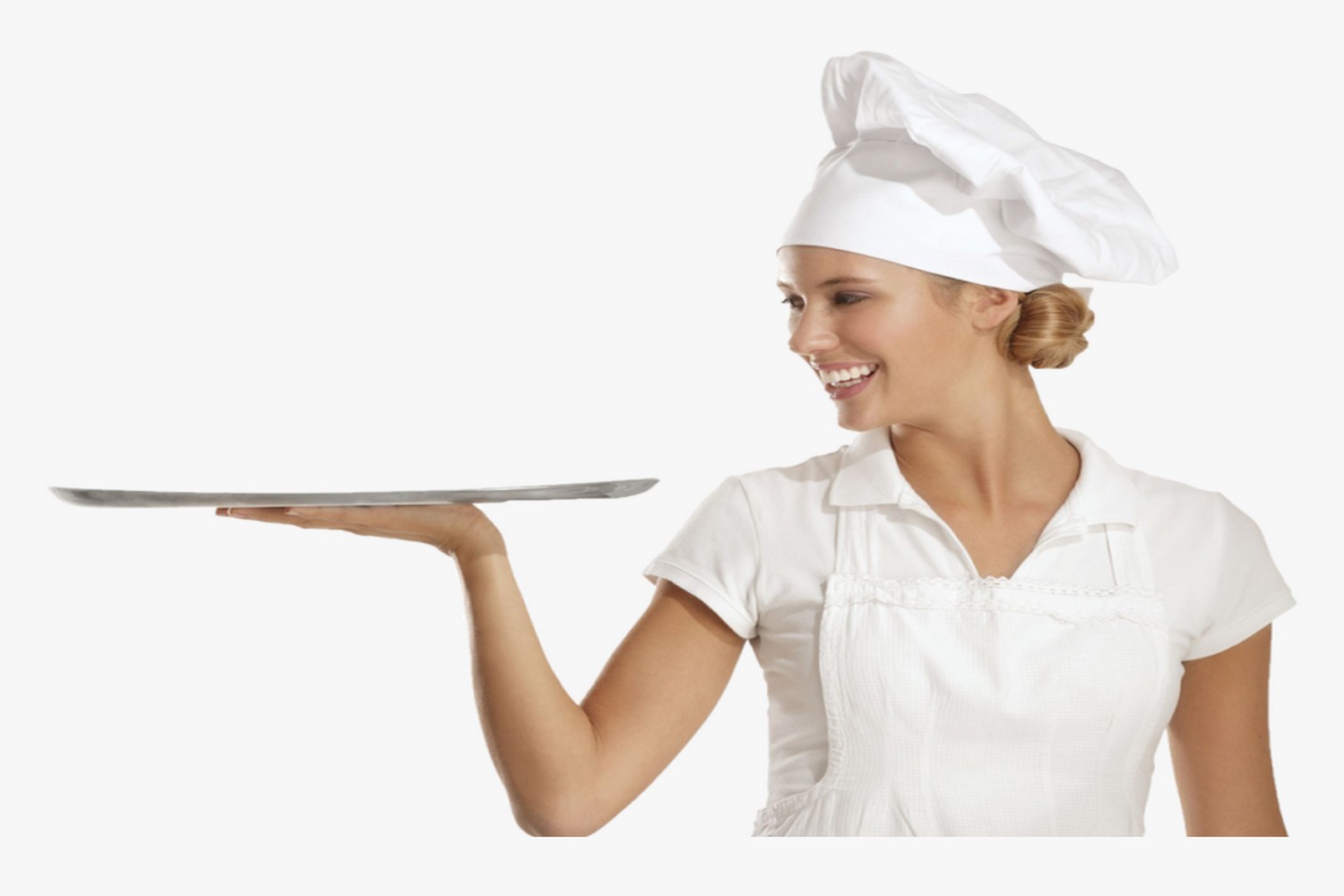An estimated 1 in 6 Americans will get sick from food poisoning this year alone. Food poisoning not only sends 128,000 Americans to the hospital each year, it can also cause long-term health problems.
You can help keep your family safe from food poisoning at home by following these simple steps: clean, separate, cook and, chill.
Use plain soap and water. Skip the antibacterial, soap and scrub the backs of your hands, between your fingers, and under your nails for at least 20 seconds.
Wash your hands often, especially during these key times when germs can spread:
- Before, during, and after preparing food
- After handling raw meat, poultry, seafood, or their juices, or uncooked eggs
- Before eating
- After using the toilet
- After changing diapers or cleaning up a child who has used the toilet
- After touching an animal, animal feed, or animal waste
- After touching garbage
- Before and after caring for someone who is sick
- Before and after treating a cut or wound
- After blowing your nose, coughing, or sneezing
- After handling pet food or pet treats.
Germs that can make you sick can survive in many places around your kitchen, utensils, cutting boards, and countertops.
- Wash cutting boards, dishes, utensils, and countertops with hot, soapy water, especially after they’ve held raw meat, poultry, seafood, or eggs.
- Wash dish cloths often in the hot cycle of your washing machine.
Wash fruits and vegetables.
- Cut away any damaged or bruised areas, then rinse fruits and vegetables under running water without soap, bleach, or commercial produce washes.
- Scrub firm produce like melons or cucumbers with a clean produce brush.
- Dry produce with a paper towel or clean cloth towel.
- Don’t wash meat, poultry, eggs, or seafood to avoid spreading harmful germs around your kitchen.
Separate cutting boards and plates for produce, meat, poultry, seafood, and eggs.
- Use separate plates and utensils for cooked and raw foods.
- Use hot, soapy water to thoroughly wash plates, utensils, and cutting boards that touched raw meat, poultry, seafood, eggs, or flour.
Food is safely cooked when the internal temperature is high enough to kill germs that can make you sick.
If you’re not serving food right after cooking, keep it out of the temperature danger zone (between 40°F -140°F) where germs grow rapidly by using a heat source like a chafing dish, warming tray, or slow cooker.
Refrigerate perishable foods within 2 hours. Bacteria that cause food poisoning multiply quickest between 40°F and 140°F.


